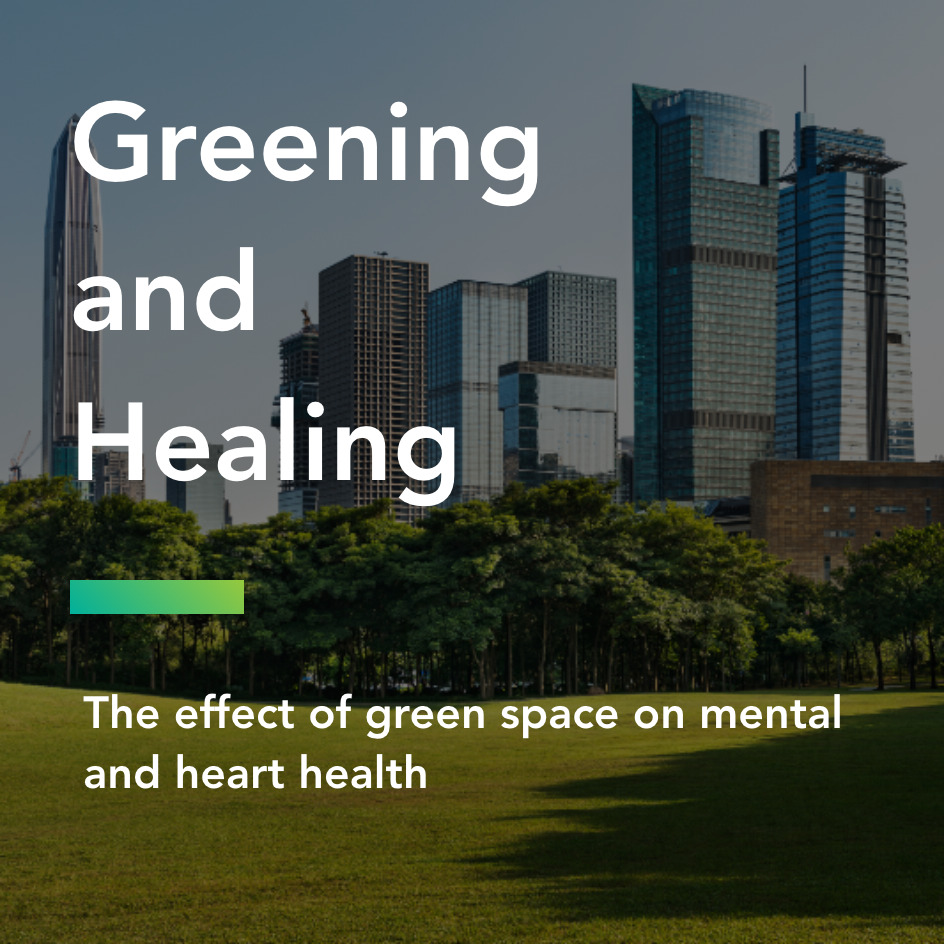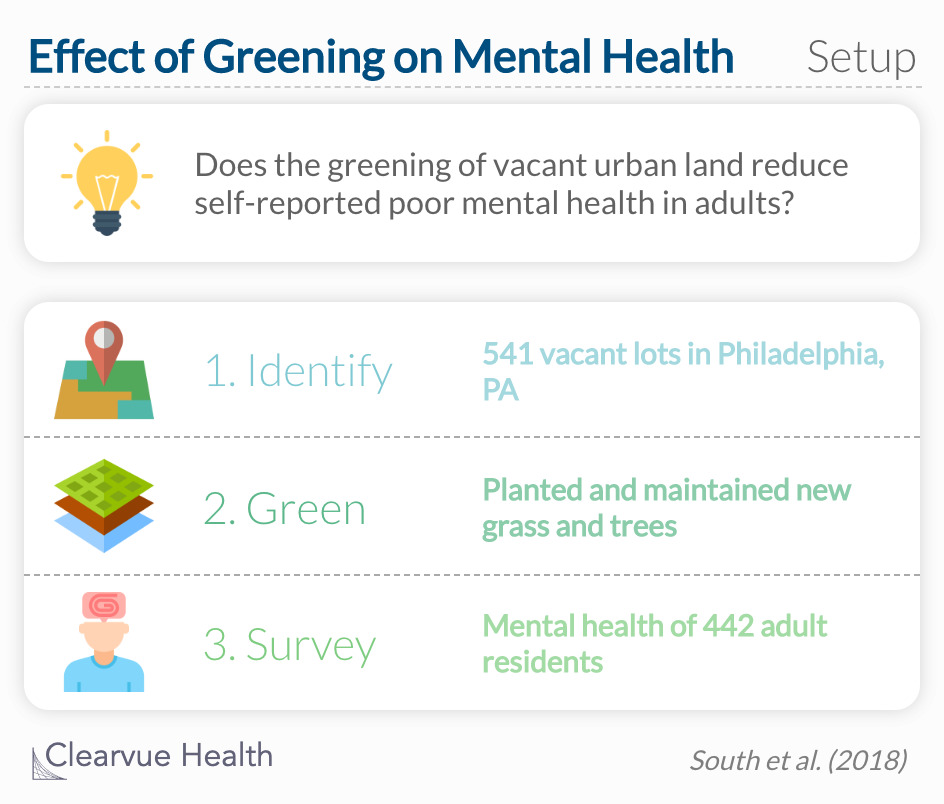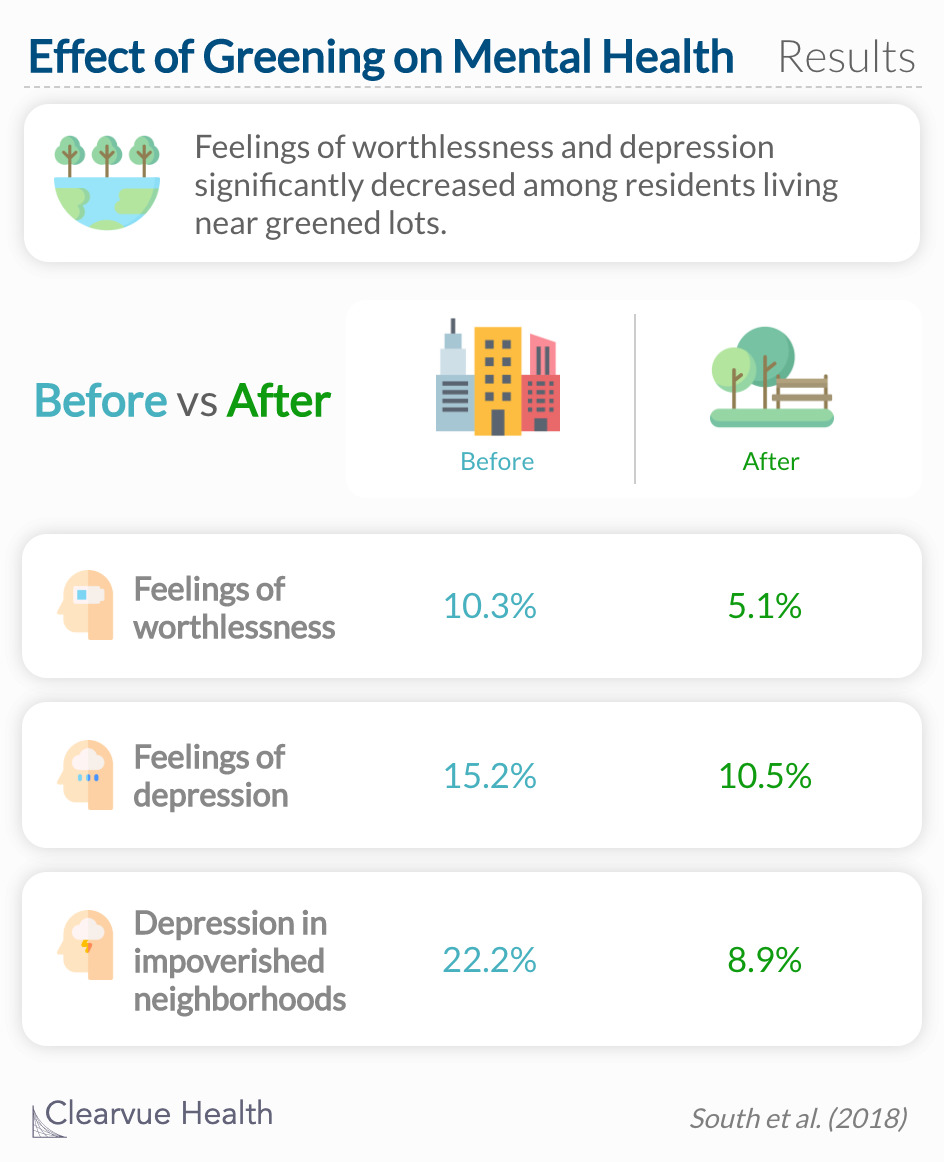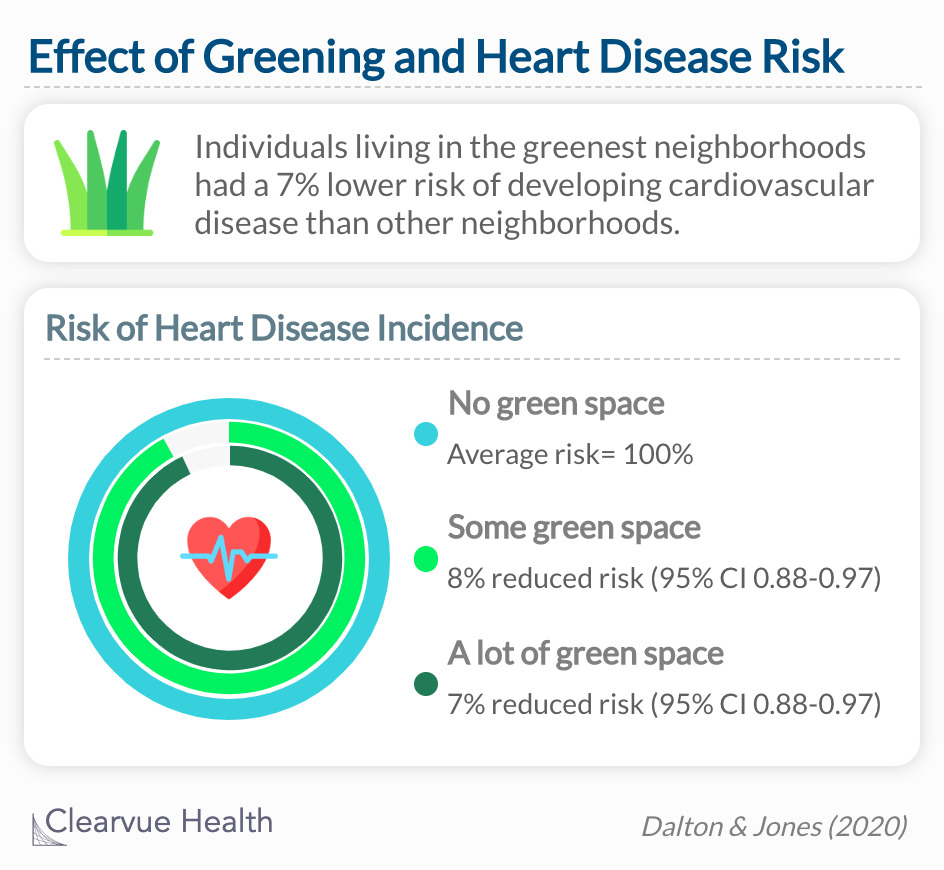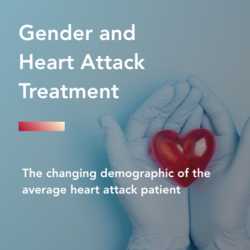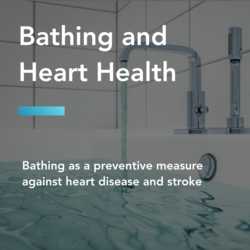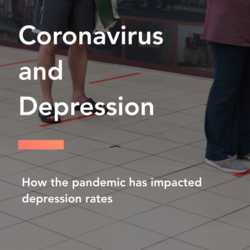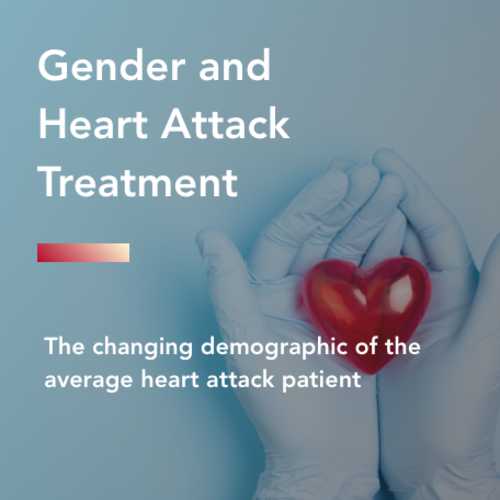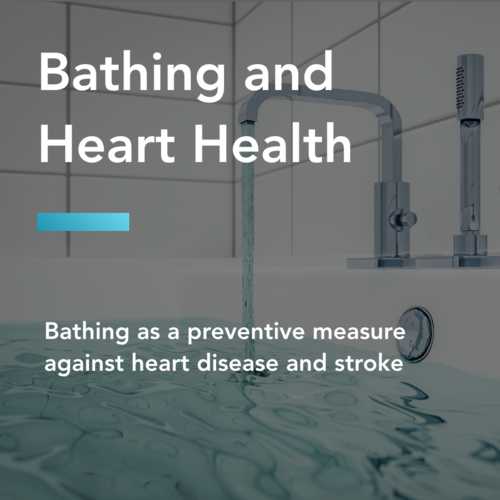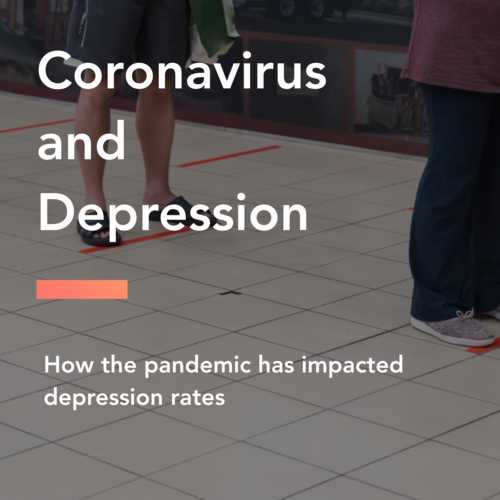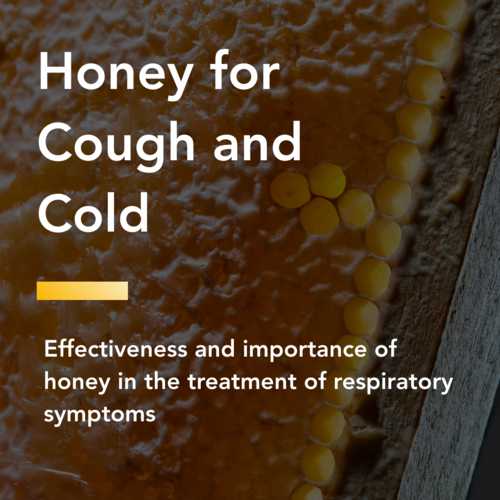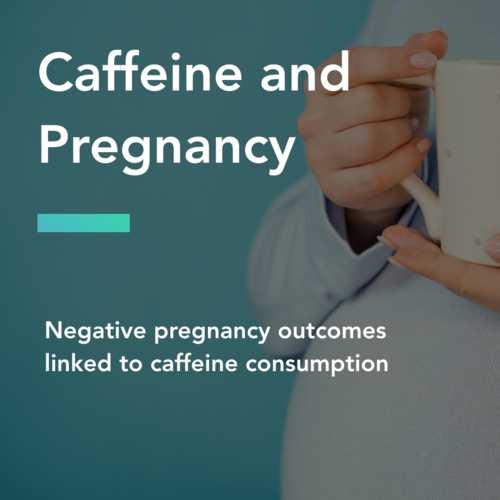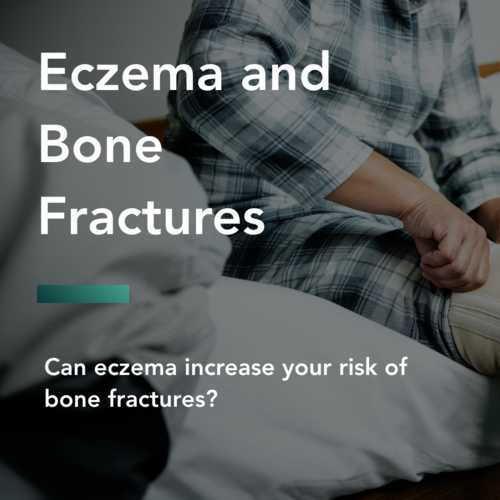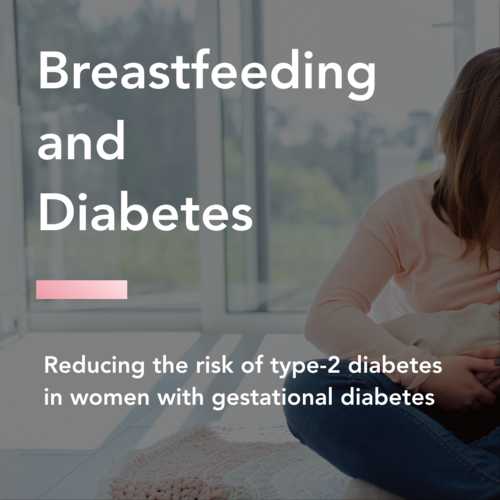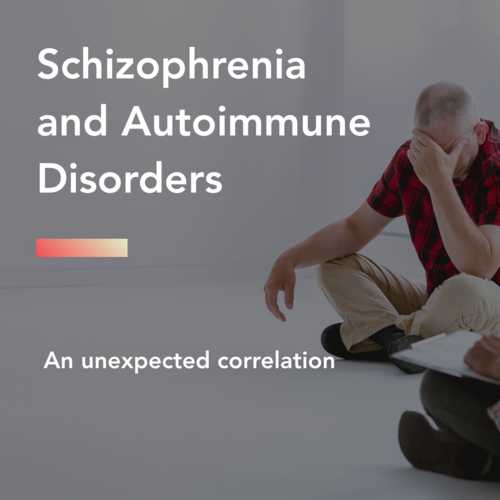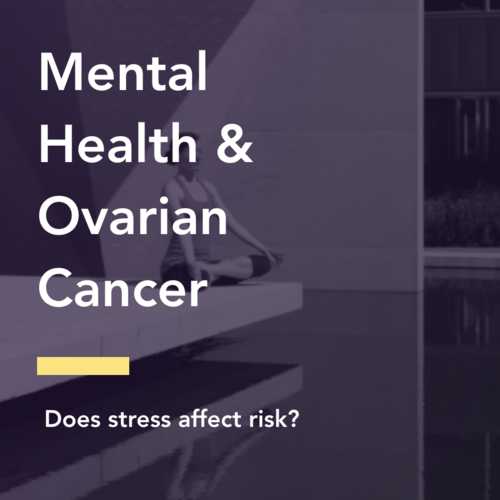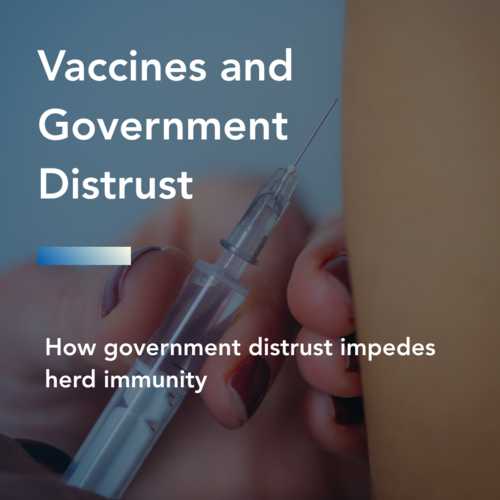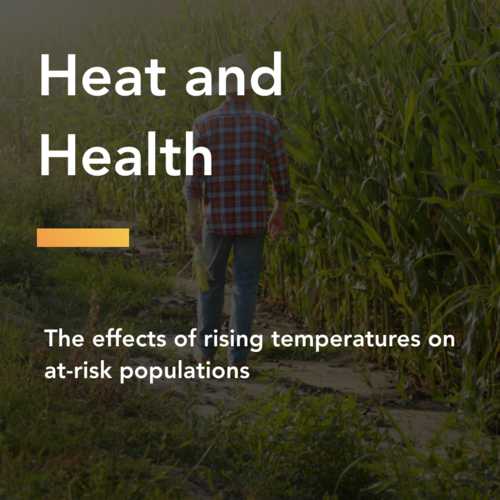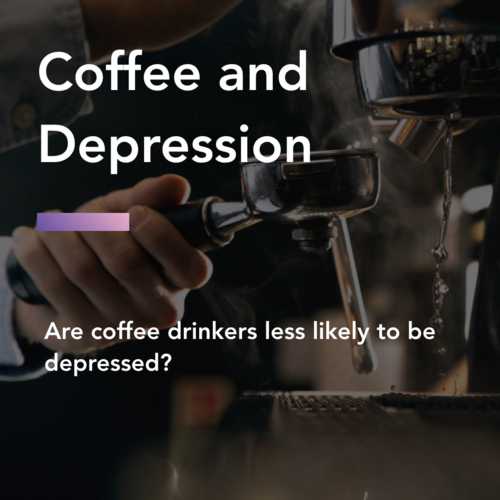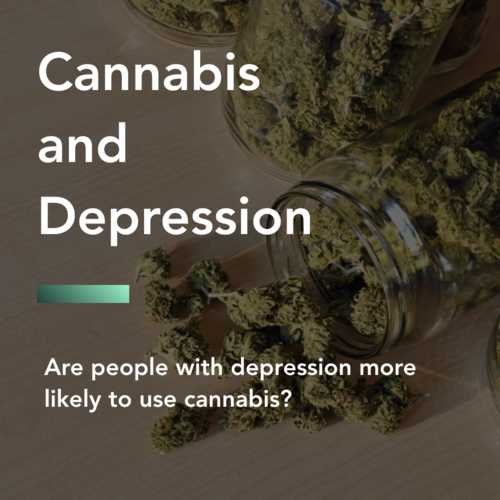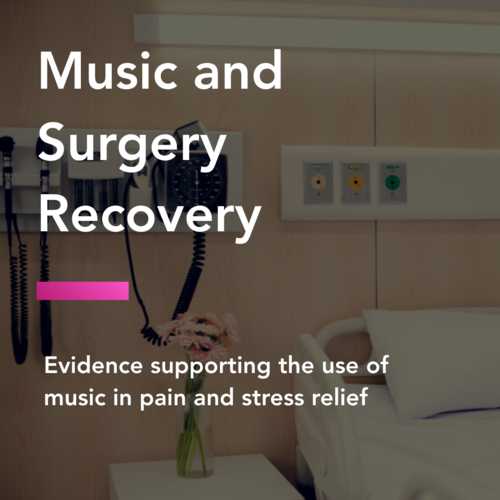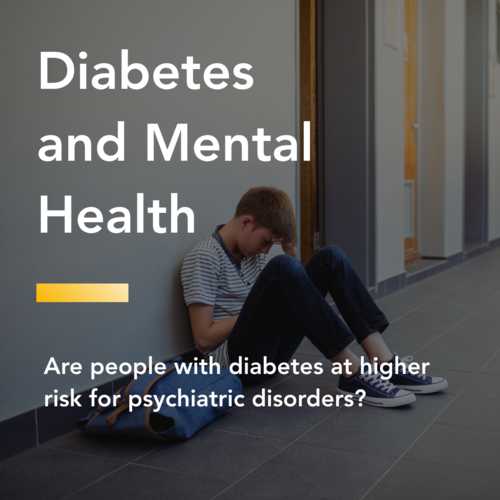Greening and healing, the effect of green space on mental and heart health
Infrastructure is booming as cities grow larger and older buildings are gutted and remodeled for new homeowners. Engineers are repurposing abandoned spaces and coming up with new ways to organize communities. For the most part, city planners focus on stability, efficiency, and necessity when deciding how to spend our tax dollars. Another factor to take into account is how infrastructure will influence the health and well-being of the community. Newer studies have found that investing in greening can improve both mental health and heart health.
Greening and mental health
Mental health is guided by internal and external factors. Seasonal affective disorder is a prime example of how external factors greatly influence mental health. People with seasonal affective disorder experience strong shifts in mood based on climate. They sink into depressive states during the winter months when there is little light exposure. Another external factor that greatly affects mental health is the presence of accessible green space.
Does the greening of vacant urban land reduce self-reported poor mental health in community-dwelling adults?
Source: Effect of Greening Vacant Land on Mental Health of Community-Dwelling Adults A Cluster Randomized Trial
The city of Philadelphia invested in a large-scale greening intervention. Researchers took this opportunity to measure the greening intervention's effect on the resident's mental health. Over about 3 years, 541 vacant lots were transformed into green spaces with grass and some trees. Surveys were sent to 442 adult residents who lived near these lots. The residents reported on their mental health before and after the greening intervention, so researchers could see any changes.
Among community-dwelling adults, self-reported feelings of depression and worthlessness were significantly decreased, and self-reported poor mental health was nonsignificantly reduced for those living near greened vacant land.
Fewer residents reported feelings of worthlessness and depression after the greening intervention. In particular, residents of impoverished communities saw the greatest decrease in depression prevalence. However, there are still a few things to consider before claiming that greening makes people happier. There is not a simple way to determine if the addition of green space made the difference, or if the results would have been the same by just cleaning up the vacant lots. What if all the lots were turned into playgrounds or food stands? Regardless, this study did find a significant association between greening and mental health improvement.
Greening and heart health
The benefits of greening are also physiological. Recent evidence suggests an association between green space and heart health. Researchers conducted a study using data from the European Prospective Investigation of Cancer Norfolk UK cohort. They organized neighborhoods by the amount of accessible green space. The earliest participants were recruited in 1993 and follow up continued through March 2016. Over the study period, participants reported the incidence of heart disease and updated their zipcodes. Information about socioeconomic status and physical activity were also collected.
Individuals living in the greenest neighborhood quartile had a 7% lower relative hazard of developing cardiovascular disease than other neighborhoods (HR 0.93; 95% CI 0.88, 0.97; p = 0.003) after adjusting for age, sex, BMI, prevalent diabetes and socio-economic status (SES).
Source: Residential neighbourhood greenspace is associated with reduced risk of cardiovascular disease: A prospective cohort study
About 54% of participants experienced a heart disease-related incident during the study period, of which 43% were fatal. After adjusting for age, sex, BMI, prevalent diabetes, and socioeconomic status, the analysis revealed a small yet significant decrease in heart disease risk among neighborhoods with green space. Living in a wealthier neighborhood did not mediate the association.
Final thoughts
These studies provided a large enough sample to balance medical conditions and demographic characteristics between the groups. Interestingly, physical activity did not mediate the association between green space and heart disease in the second study. There are probably unaccounted factors that may explain this association such as the density of living and associated issues. It is reasonable to conclude that these results are associated with green space, but the exact reason for this association is not yet understood.
